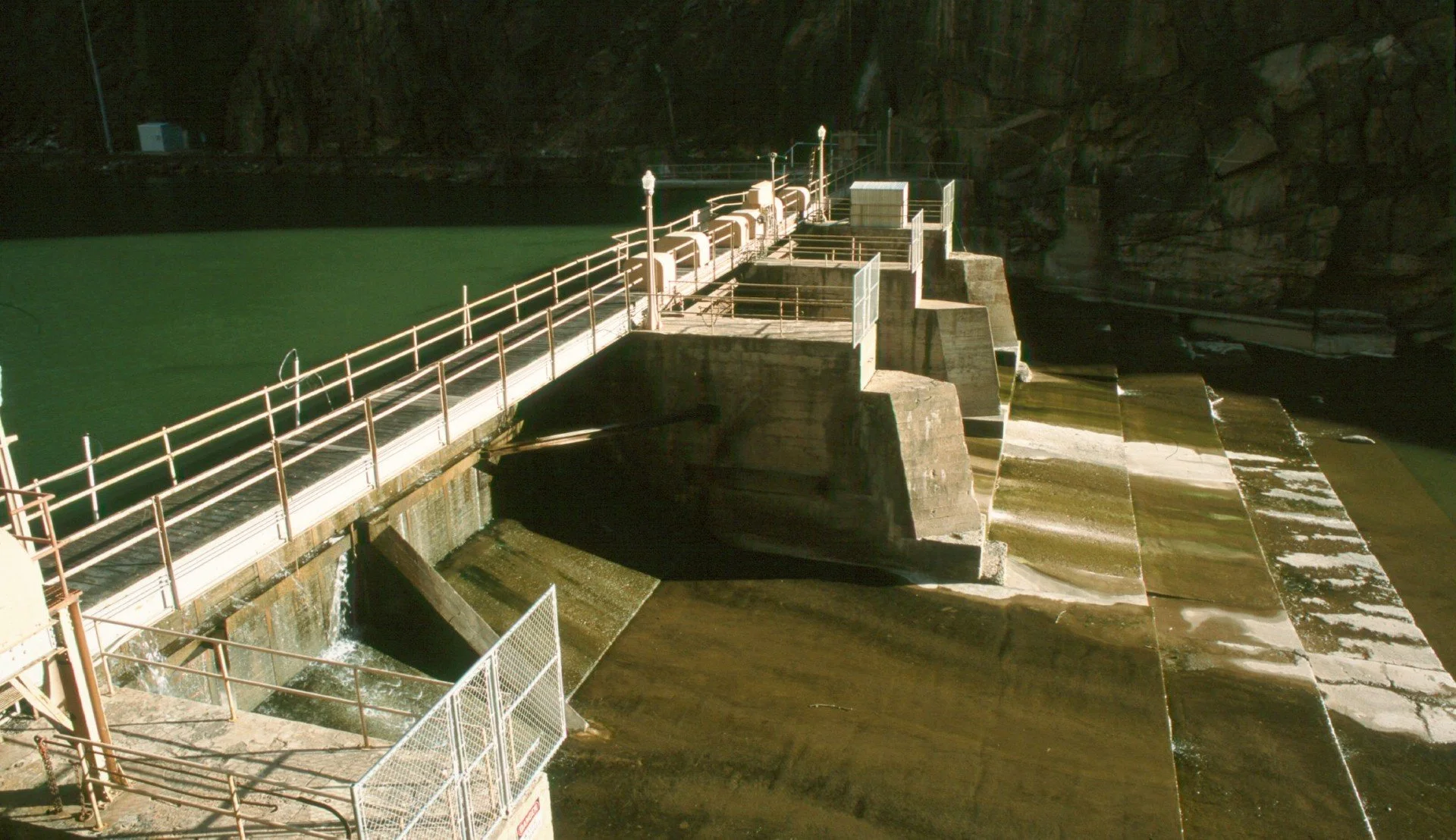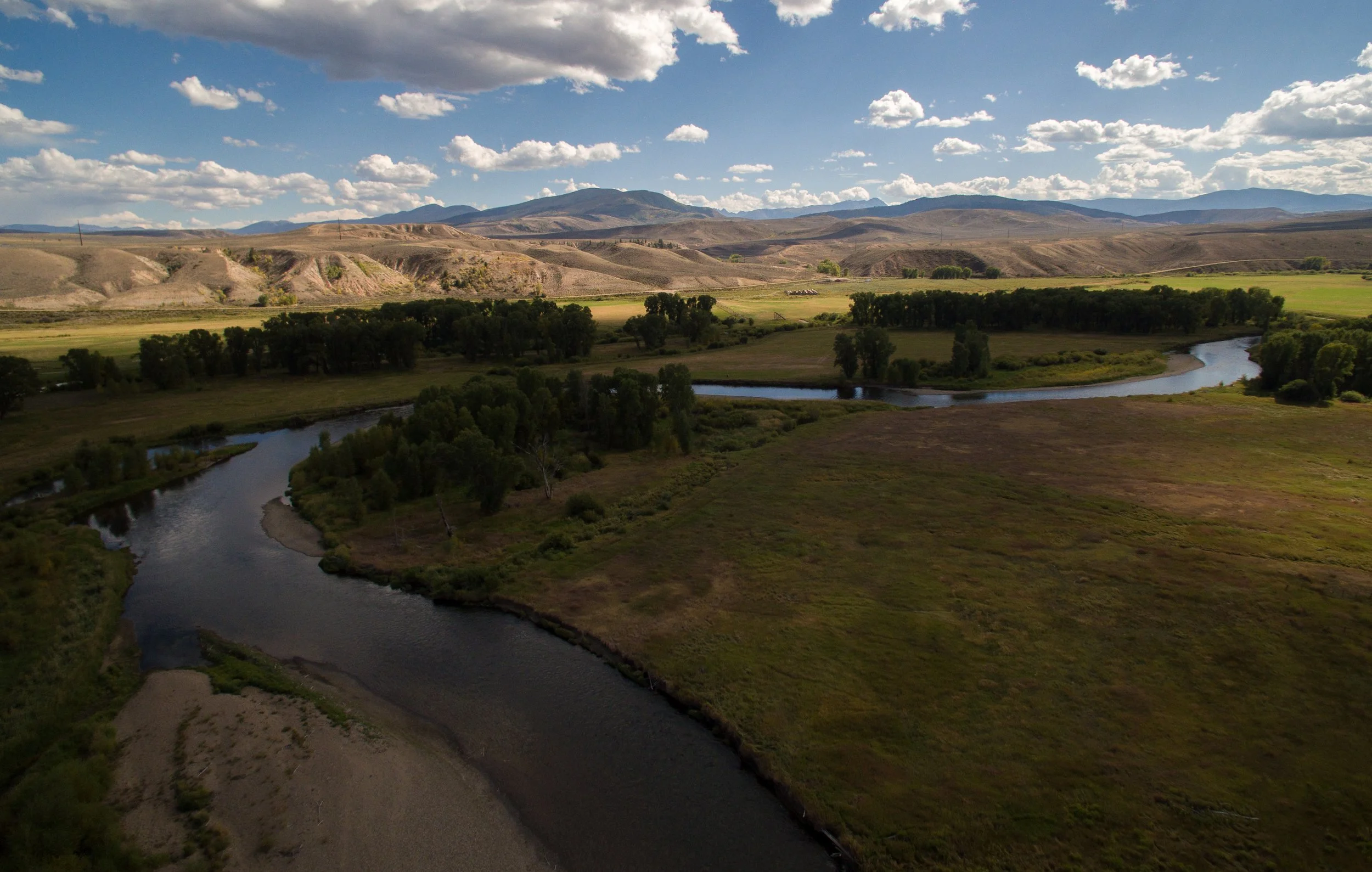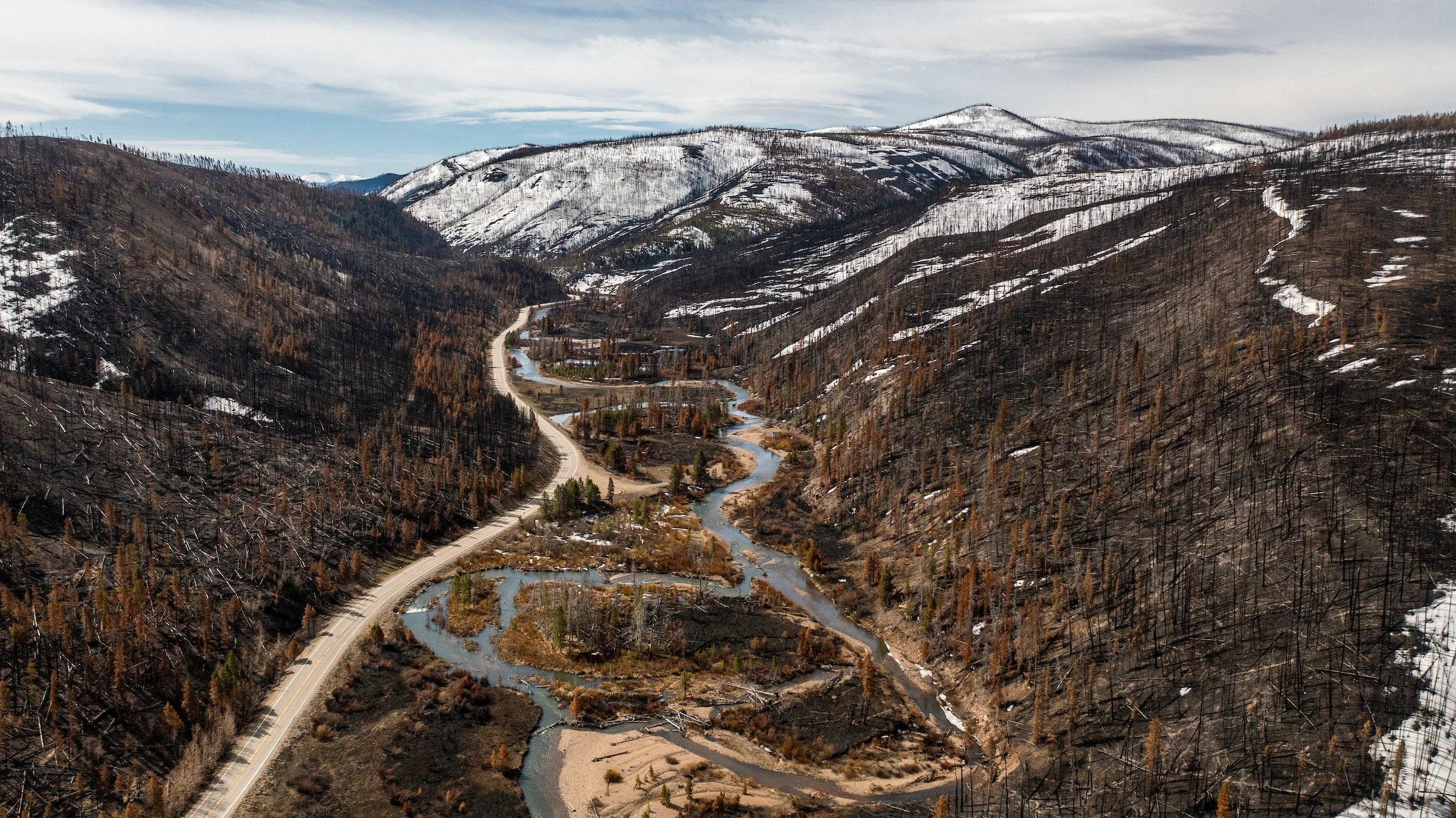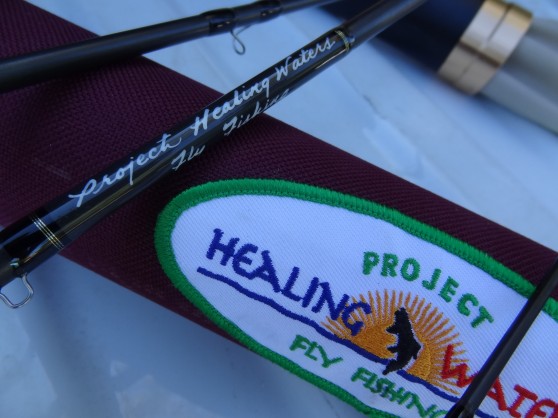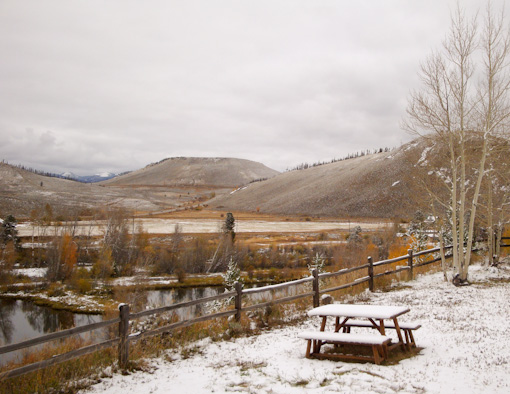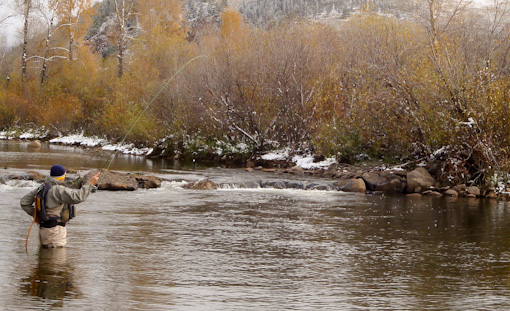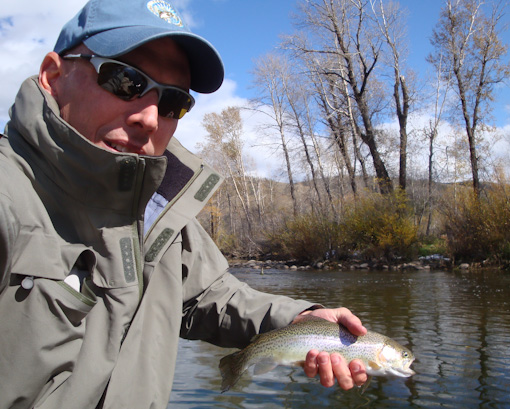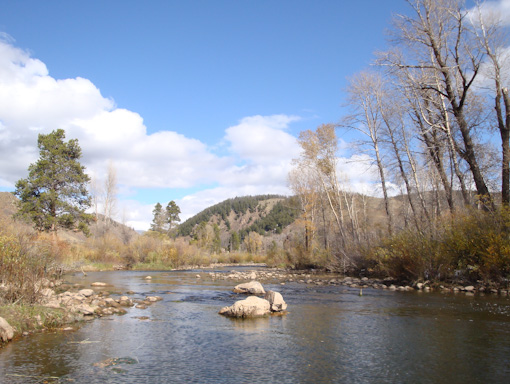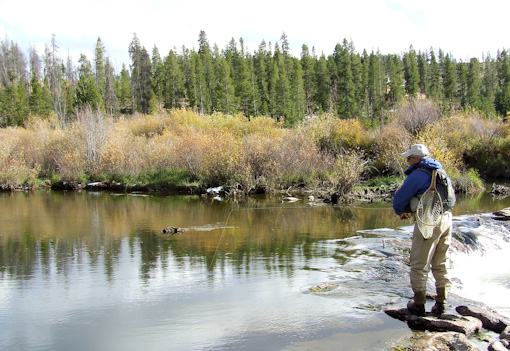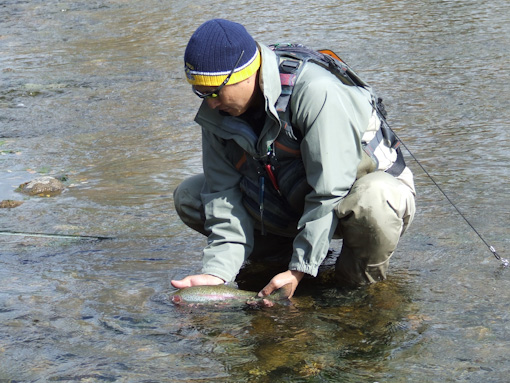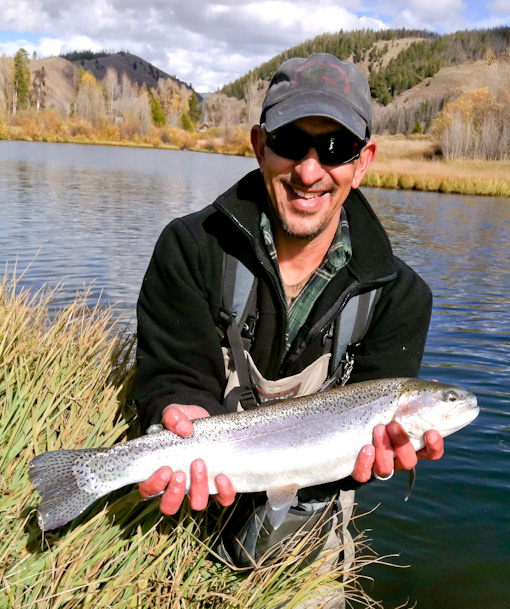Robin Knox, CoordinatorWestern Native Trout Initiative
It is a risky proposition to try to predict outcomes in nature based solely on a single environmental event or external consequence. We should remember America’s Draconian views on fire suppression and U.S. Forest Service's fire policy before and after the great fire in Yellowstone National Park in 1988.
We were reminded of “unpredictable nature” once again after reviewing the recent report published in the Proceedings of the National Academy of Sciences (Wenger et al.,2011) discussing the potential effects of various climate change models on the future distribution of four trout species in the western United States.
In the worst case scenario, under a University of Washington climate change model-MIROC3.2 (Liittel et al. 2010), the Wenger report predicts a possible 47 percent decline in all trout habitat and a 58 percent decline in native cutthroat trout habitat due to increased water temperatures and negative interactions with non-native rainbow, brook and brown trout.
While the comprehensive report provided valuable insight into the precarious future of western trout populations due to factors related directly to climate change, it’s important to remember there are many other variables involved with coldwater native trout fisheries.
Climate change and its predicted impact notwithstanding, native trout fisheries will continue to face the realities of an expanding human population across vast stretches of the West. Regardless of your belief in the predictability of climate change models, the status of native western trout hangs in the balance for many reasons. In addition to the changing weather patterns, fisheries will continue to be negatively impacted by the demands for water and energy, drought and forest fires, and competition with introduced non-native species. The good news is that these negative impacts can be reduced and altered by sound conservation policies at the local, state and federal levels.
So it was unfortunate that the authors of this paper focused solely on the predicted decline and demise of these fish species without factoring in potential remediation efforts. Among these are better resource management practices, habitat protection and conservation initiatives to help protect these valuable fish species. It’s interesting to note that brook trout, for example, one of the main competitors of other native trout species, may suffer even greater negative impacts from climate change and thus reduce the competition for habitat with cutthroat trout where they coexist.
Since 2006, the Western Native Trout Initiative (WNTI) has been working to protect, restore and enhance the habitats of western native trout, and reduce the competition with non-native fish species. The fundamental goal of WNTI is to speed the implementation of conservation strategies for native trout across the West. The intent is to have conservation and management actions focus on common themes that include (but are not limited to) water quantity and water quality improvements, improving fish passage and connectivity of watersheds, developing in-stream and riparian habitat to cool waters, and conducting non-native fish removals. These actions are supported by WNTI’s designation as a National Fish Habit Partnership under the auspices of the parallel National Fish Habitat Action Plan (NFHAP).
Taking corrective actions to conserve and protect the 19 species of native trout and char here in the West and other important trout habitats across the country from environmental threats such as climate change and water loss comes with a cost, of course. Action by trout anglers across the country to help financially support the programs of trout-related Initiatives like WNTI or the Eastern Brook Trout Joint Venture is sorely needed. Sound habitat management practices for trout can result in lowered water temperatures, stronger resilience to drought, flood and fire events, all of which are expected to become more common as weather patters change in the future.
Anglers and the greater conservation community in general have always supported worthwhile efforts like these in the past. They need to step up to the plate once again for the future. For more information on how to help, visit www.westernnativetrout.org and www.fishhabitat.org.

